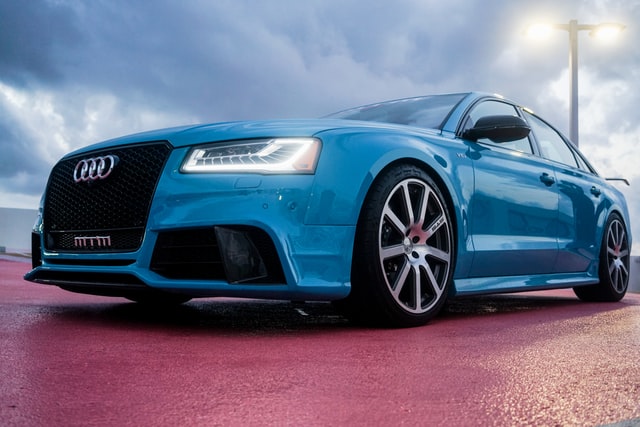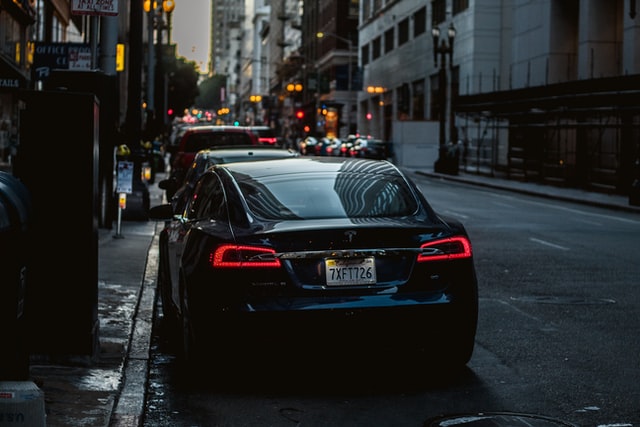No insurance policy can cover you and your car in all circumstances. But in most of them the principle of “full insurance” applies. The insurance is intended to protect you against a lawsuit, leaving your car in a difficult financial situation or being destroyed by an uninsured driver. This does not mean that the accident will not leave you with expenses and problems that you would not have otherwise encountered. Full insurance is short for policies that cover not only your liability but also damage to your car. Here’s how to compare the validity of liability with full insurance. What does full coverage car insurance cover?
What is full insurance?
Basically, full insurance is a combination of different types of auto insurance. Usually, full insurance is created by combining these types of insurance and other benefits required by your condition:
- Liability insurance: covers your liability to another person for personal injury and material damage. It is required in almost every state.
- Collision protection: physical damage that occurs in a car during an accident is affected by the collision.
- Comprehensive protection: everything that happens to the car outside the collision is subject to comprehensive protection.
Any US state can set minimum auto insurance requirements. The minimum state requirements usually include liability for personal injury and material damage. Some states also require insurance for uninsured or uninsured drivers. When financing a car, the lender may require only minimum state requirements or may require collision and comprehensiveness.

Collision
Collision insurance covers damage to your car if you are guilty of an accident, whether the car hits another car or an object, such as a handrail.
It does not cover damage to the other person’s car. This range is not infinite; has restrictions, and you must help pay with a deduction. Your pledgee may require this insurance; otherwise it is optional.
Versatile
Comprehensive insurance covers car damage that was not caused by an accident, such as fire, theft, vandalism, storm damage, animal damage or falling objects. Combined with collision protection, the comprehensive solution helps to cover the cost of damage to a car you can’t control.
Do I need full insurance?
You must have liability insurance or other proof of financial liability in each state. The range covers various levels, from a mandatory minimum up to USD 500,000. As a car owner, you are personally hooked for any personal injury or property damage that exceeds selected limits. Your insurance company will not pay more than the limit.











